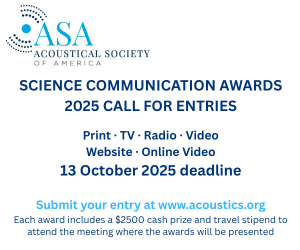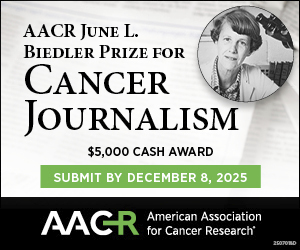Back by popular demand, the pitch slam drew a full room of freelancers eager to pitch their ideas to a prominent panel of editors from New Scientist, Smithsonian, the Los Angeles Times and High Country News. Each publication relies on freelancers to fill front-of-the-book news stories, features, and other departments.
Before the pitching began, the editors offered brief descriptions of their publications. The L.A. Times publishes a weekly health section that focuses on medicine, nutrition, consumer health news, healthcare delivery and fitness. Stories should be new and fresh, describe a trend, or offer insight into an intriguing piece of research, said health editor Tami Denis (tami.denis@latimes.com).
High Country News, a bimonthly regional magazine covering the western states, publishes stories on environmental issues, public lands and culture. Editors look for well-developed pitches that show some narrative structure and have compelling characters, said editor Jonathan Thompson (editor@hcn.org).
Smithsonian magazine, a monthly general interest publication, covers science, history, art and travel. A good pitch will include elements from two or more of those areas, identify important characters, scene, action and the narrative arc, says editor Laura Helmuth (helmuth@nasw.org). Stories must be current and timely, but also complete, with a clear beginning, middle and end.
New Scientist is a weekly health and technology magazine. San Francisco bureau chief Peter Aldhous (peter.aldhous@newscientist.com) described the publication as an ideas magazine that needs great ideas about science — ahead of everyone else — with great narrative and context. With circulation primarily in the United Kingdom, United States and Australia, editors look for content of interest to a broad readership.
More than 15 eager writers queued up to the microphones to pitch their stories, each allotted 60 seconds to hook an editor. In return, the editors offered constructive feedback for each idea. By the end of the session, more than one pitch seemed to have found a home. Tightly packaged, colorful pitches with compelling characters scored high points. Some writers struggled to pitch stories, not topics. Others failed to underscore a story's novelty or tried to pack multiple stories into one. The editors advised writers to find the new angle on a story and emphasize the conflict or present counterintuitive ideas in their pitches.
The session wrapped up with the editors offering final bits of advice and pointing would-be writers to specific sections of their publications that are often overlooked, harder to fill, and therefore good places to break in. Look beyond the typical news and features, to Q&A interviews and occasional sections, they advised.
New Scientist runs "Histories," which tells about a historical artifact that has something to do with science and technology. At Smithsonian, "The Last Page" takes funny essays and "Digs" covers archeological research. Thompson suggested writers break into High Country News with front-of-the-book news pieces, and Denis suggested pitching promising new medical research to the Times' department "In The Lab." Above all, the panelists said, freelancers should read the magazine or newspaper they plan to pitch to and make sure their idea fits.
Hannah Hoag is a freelancer who writes for Nature, New Scientist and CR Magazine. She is based in Montreal, Canada.


